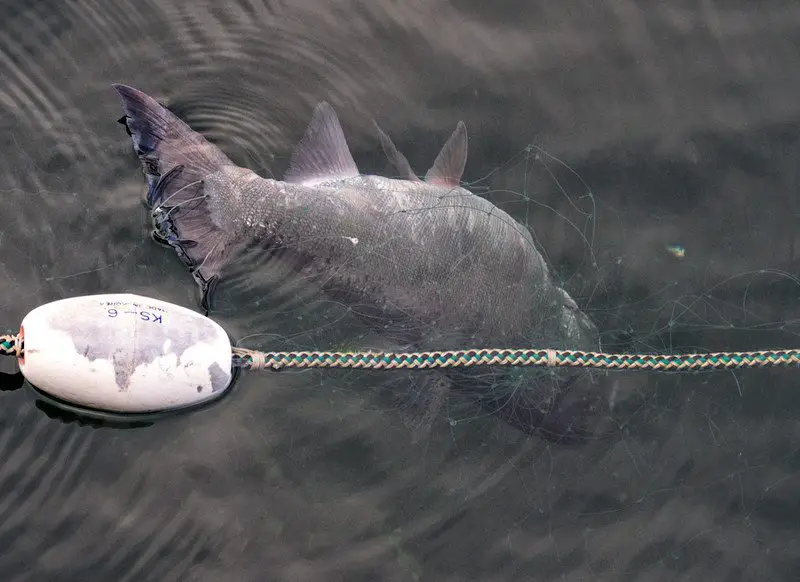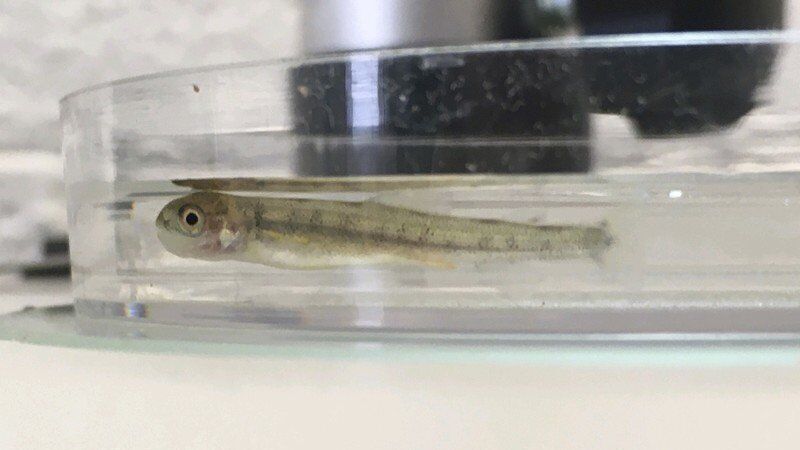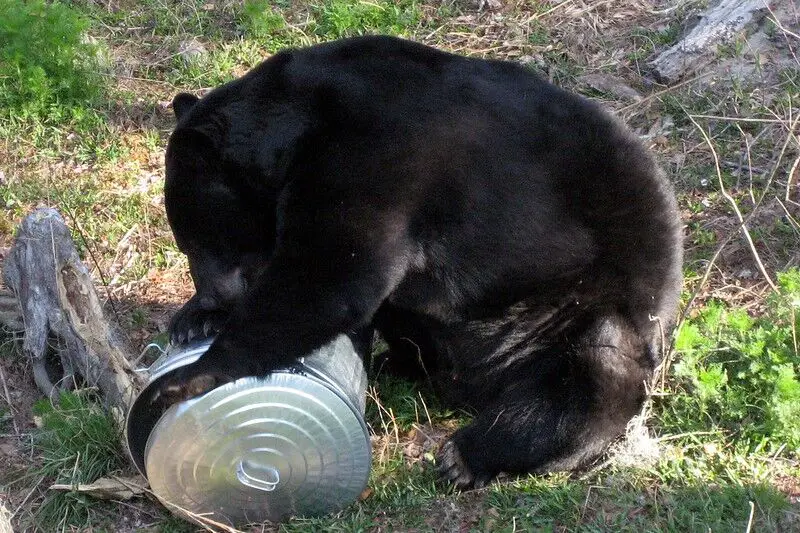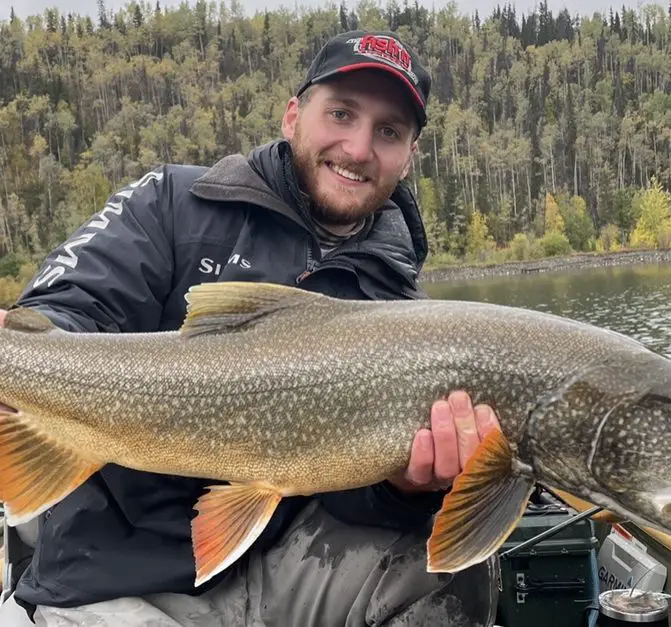The Stories that Matter and the Fuel to your Bar Banter – Canadian Fishing and Hunting News from the Week of August 27th, 2021
Although news has never been so abundant, finding relevant and reliable stories has never been more difficult. Thankfully, Fish’n Canada has you covered. From fake tuna to stolen salmon, here is everything you missed this week in the world of Canadian hunting and fishing!
1) Nearly 50% of all Seafood Sold in Canada is Mislabeled

The first story on our radar this week came from right here at FishnCanada.com and is one that is likely to affect anglers and non-anglers alike.
As Angelo related in the full version of the article (found here), DNA test results released by Oceana Canada reveal that roughly 46% of all seafood samples were deemed mislabeled. These mislabeled products included Asian Catfish masquerading as Sea Bass, Haddock posing as Cod and Halibut, and, most disturbingly of all, Escolar (AKA Ex-Lax Fish) being sold as White Tuna.
Though inadvertently eating a fish with this unfortunate nickname has rather obvious consequences, Oceana Canada spokesperson, Julia Levin, also highlighted that some of the other species posing as your favourite seafood can have significantly high mercury rates, as well as cause serious allergies in people who are not aware of the fish they are actually eating.
So what is the Canadian government doing about this? Well… nothing, really. Although, in 2019, the Canadian federal government committed to implementing a boat-to-table traceability system, as of today nothing has been done and, until it is, your Tuna sandwiches will continue coming with a very avoidable caveat.
To find out more on this issue and to see what Canadians can do to fix it, check out the full article below:
2) More than 200 Illegal nets siezed from the Fraser River

As reported by Jennifer Feinberg of Maple Ridge-Pitt Meadow News, “between 200 and 250 illegal fishing nets have been seized on the Fraser River so far this year,” and 16 illegal fishing investigations are currently underway.
According to local conservation authorities, eight to ten nets per week has been the trend for much of 2021 and the pace has not been slowing. This trend has only grown more concerning as the weather has warmed, as this is an especially sensitive time of year for the river’s renowned Sockeye and Chinook Salmon populations that are soon to make their way into the area, by the thousands, to spawn.
In reaction to the trend and to protect the fish that are soon to return to their natal streams, 38 fishery officers have now been designated to the river’s headwaters, equipped with helicopters and nighttime patrolling equipment to ensure this sensitive fishery is still here to be enjoyed for generations to come.
For the full story written by Maple Ridge Pitt-Meadow News, check out the link below:
3) Wild Lake Trout Return to Lake Erie

Although the study may have taken place in the spring, the news of Lake Eries’ new wild Lake Trout population made the rounds this week and has been causing some serious excitement for anglers who frequent the area.
Stemming from a recovery effort nearly 50 years in the making, Basil Seggos, commissioner of Pennsylvania’s State Department of Environmental Conservation stated in a press release earlier in the month that:
“Today marks a key milestone in the restoration of lake trout in Lake Erie after six decades of significant investments to improve water quality and habitat and promote sound fisheries management,”
A joint effort between both Canadian and American sides of the lake, the statement came after Trent University’s Dr. Chris Wilson positively identified a fry caught in the lake as a wild Lake Trout after it was brought in from a fry trap on eastern Lake Erie’s previously identified spawning flats. This fish was just one of many spotted and collected during this project and suggests that, with continued efforts, the once-thriving wild Lake Trout population should make its return in the upcoming years. And hopefully, this time, it will be here to stay.
For more on this incredible effort and some insights into what Lake Erie’s Lake Trout fishery once looked like, check out The Niagara Gazette’s full piece below:
4) Invasive Fish Poisoned in Banff Alpine Lake to Protect Native Cutthroat

Parks Canada announced this week that over 5,000 invasive Yellowstone Cutthroat have been culled out of Katherine Lake in Banff after the natural, though poisonous chemical rotenone was pumped into the lake.
While poisoning thousands of hard-fighting and picturesque Cutthroat may not seem like something to celebrate, this desperate effort should prove productive in protecting our own species of Cutthroat. The native Westslope Cutthroat, due to habitat degradation, hybridization with invasives, and newfound competition, have now disappeared from nearly 90% of their historic habitat and this number will continue to dwindle as non-natives continue to thrive. Similar culls have also been carried out for species such as Brook Trout, as these once-stocked fish now pose serious threats to native species, regardless of how pretty and fun to catch they are.
For more on this story, check out Rocky Mountain Outlook’s website at the link below:
5) Urban Black Bear Sightings on the Rise Across Canada

With multiple stories appearing this week from opposite ends of the country, it appears as though the rise in urban Black Bear sightings is becoming a nationwide trend.
Starting out west, WildSafeBC has reported that up to 60 Black Bear sightings have been received this week in Kamloops alone, and the trend is not expected to slow down any time soon. With the province in the midst of yet another significant fire season, the soon-to-be denning bears are being driven from their homes at a time when they are at their most desperate for food. In addition to the fires, the accompanying drought the area is currently experiencing has small streams widdled thin, further adding to the desperate migration towards urban centres.
Out east, Ontario is experiencing a very similar situation, with the town of Thunder Bay reporting 3x more nuisance bear sightings than in years past. In August alone, Thunder Bay and the Northwest Region have seen over 950 reports of nuisance bears. This is compared to just 360 in August of the previous year. Although Ontario’s fire season has not gotten quite as much publicity as that out west, large burns, drought, and exceptionally hot weather are likely to blame for the abundance of reports, as the berries that these animals rely so heavily on this time of year are simply not available.
Although reports of berry-deprived Black Bear may inspire some to take action, governments of both locations are advising that no one feeds or leaves food out for any bears. While it may seem like you are lending a helpful hand in the short term, feeding wild animals, of any kind, is never a good idea and will only lead to larger issues in the future.
For the full stories from both these areas, follow the respective links below:
Have a story we missed? Send us an email at [email protected]






